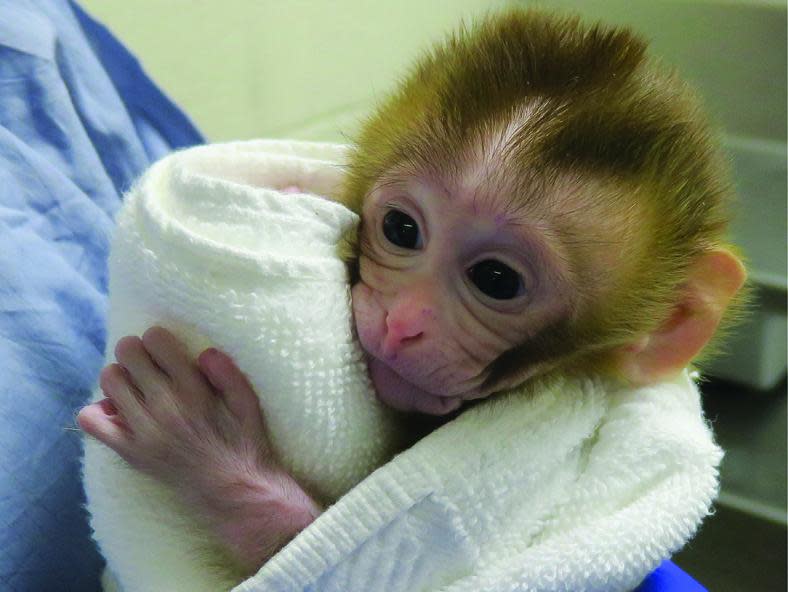Frozen monkey testicles offer hope for future of childhood cancer survivors
Frozen tissue from the testicles of a monkey has provided an unlikely glimmer of hope for survivors of childhood cancer.
As it stands, boys who undergo cancer therapies before they have fully matured are often left unable to have children of their own in later life.
This is because chemotherapy and radiation kill cells involved in sperm production before those sperm are sufficiently mature to be extracted for use as adults.
But in a breakthrough new procedure, researchers managed to extract and freeze immature testicular tissue from a monkey, and then later use it to restore fertility to the same animal.
The success of the procedure was proved when the primate in question fathered a healthy female baby – who the researchers named “Grady”.
Publishing their results in the journal Science, the scientists said their work marks the start of a new generation of assisted reproduction techniques, which could be offered to all young boys about to undergo cancer treatments.
“This advance is an important step towards offering young cancer patients around the world a chance at having a family in the future,” said Dr Kyle Orwig, a reproductive scientist at the University of Pittsburgh, who was the study’s senior author.
The team removed the necessary tissue before treating their primates with chemotherapy. They then thawed and grafted the tissue back under the skin of the animals following the treatment.
Next they waited until the monkeys had gone through puberty, removed the grafts and found large numbers of sperm to be present.
Samples of these sperm were then used to fertilise 138 eggs, with 11 of the successful embryos implanted into females. The healthy babies produced confirmed the entire procedure had been a success.
“The ability to produce a healthy live offspring – the gold standard of any reproductive technology – has not been achieved until now,” said Dr Adetunji Fayomi, who led the study.
Performing these trials in non-human primates marks the final stage in the development of this procedure before trying it in humans.
With the successful birth of Grady, the scientists say they are now ready to take their new technology to the clinic.

 Yahoo News
Yahoo News 

